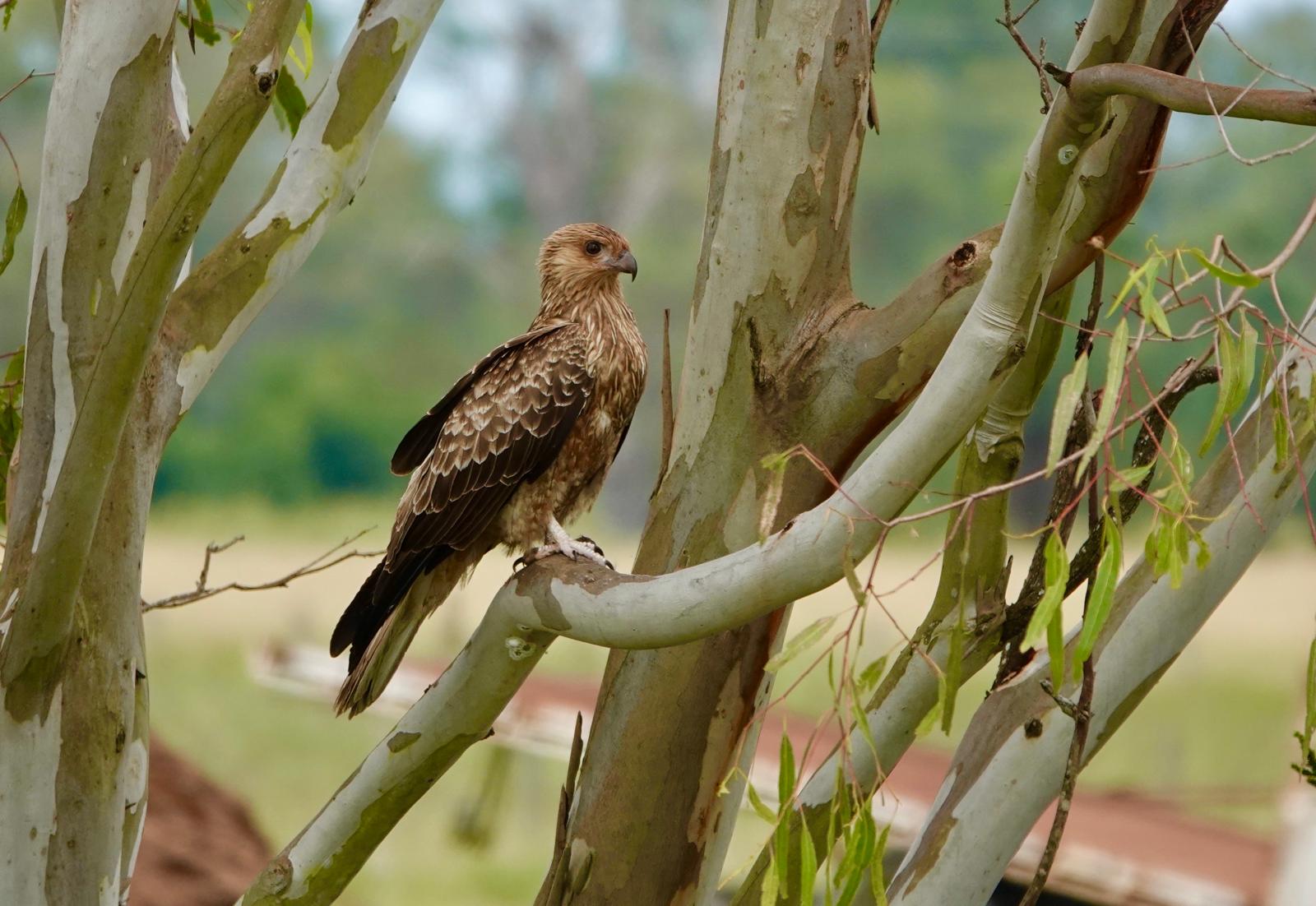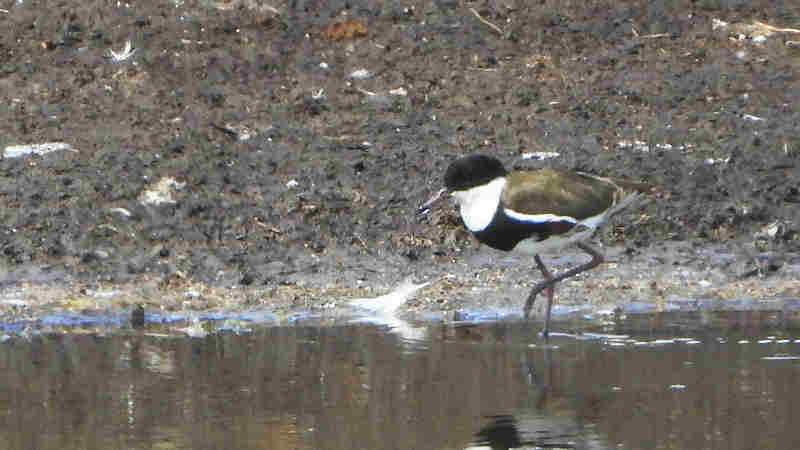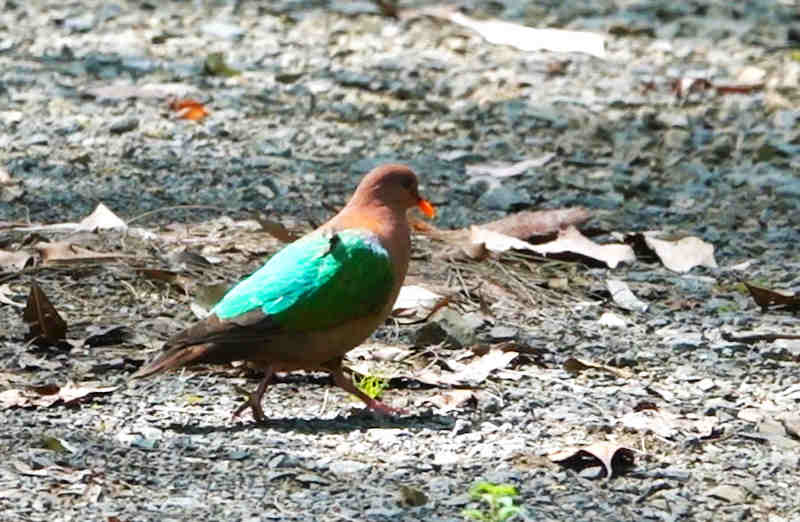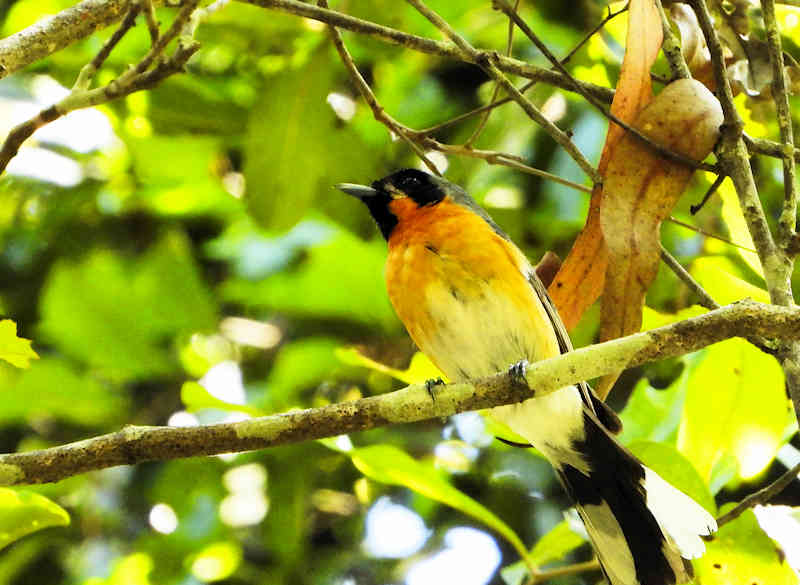Beach Stone-curlew (Esacus magnirostris)
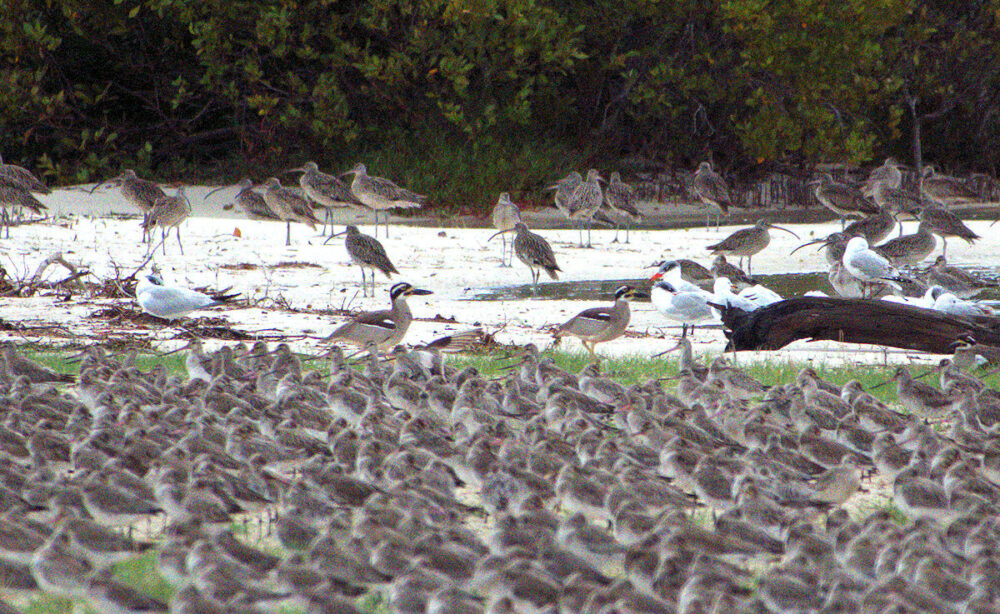
The Beach Stone-curlew (Esacus magnirostris) stands as a unique and somewhat elusive bird species inhabiting coastal regions in Australia, Southeast Asia, and the islands of the western Pacific. Known for their distinctive appearance and solitary nature, these birds are a fascinating subject for avian enthusiasts and conservationists.
Habitat and Distribution
Beach Stone-curlews are primarily found along sandy beaches, mangroves, and tidal mudflats. Their distribution is somewhat patchy but generally spans tropical and subtropical coasts. They are often seen in remote and undisturbed areas, making them a less common sight.
Physical Characteristics
This species is notable for its large size among shorebirds, reaching up to 55 cm in length. Beach Stone-curlews have a robust build, with long, heavy legs and a large, thick bill. Their plumage is predominantly grey-brown, providing excellent camouflage against the sandy and muddy habitats they frequent. A striking feature is the prominent black and white markings on their face and neck.
Behavior and Diet
Beach Stone-curlews are primarily nocturnal and crepuscular (active at dawn and dusk), feeding on a variety of prey including crabs, mollusks, and small vertebrates. During the day, they remain motionless, blending seamlessly with their surroundings. These birds are known for their wariness and will quickly retreat if they feel threatened.
Breeding and Nesting
The breeding habits of Beach Stone-curlews are less understood due to their secretive nature. They are believed to be monogamous and nest on the ground, often in a simple scrape in the sand or among beach vegetation. The birds are fiercely protective of their nests and young.
Conservation Status
Beach Stone-curlews are considered vulnerable or endangered in parts of their range, primarily due to habitat loss and disturbance. Coastal development, human recreational activities, and rising sea levels pose significant threats to their breeding and feeding habitats.
Interaction with Humans
These birds are sensitive to human disturbance, particularly during the breeding season. Conservation efforts emphasize the importance of protecting their habitats and minimizing human impact, especially in coastal development and management.
Research and Monitoring
Ongoing studies and monitoring are crucial for understanding the population dynamics and conservation needs of Beach Stone-curlews. Birdwatching groups and wildlife organizations often contribute to data collection, aiding in conservation efforts.
Conclusion
The Beach Stone-curlew, with its distinctive appearance and solitary behavior, is a captivating species representing the delicate balance of coastal ecosystems. Their conservation is a testament to the importance of preserving natural shorelines and the diverse life they support. By safeguarding their habitats and raising awareness, we can help ensure the survival of these unique shorebirds.
We are affiliated with Amazon and make a small royalty at no extra cost to you, so by using the links below to purchase your next birding gear you can help us to maintain Simply Birding and continue to bring great content:

Canon, Sony and Nikon cameras: https://amzn.to/4gmtDWk

Lenses for bird photography: https://amzn.to/3WG3vyF

Tripods: https://amzn.to/3PVDNT0

Memory Cards: https://amzn.to/3PV4Y0z

Bird books: https://amzn.to/42NgsKS

Binoculars for bird watching: https://amzn.to/42G0nGZ

Spotting Scopes for bird watching: https://amzn.to/4hom5nq












